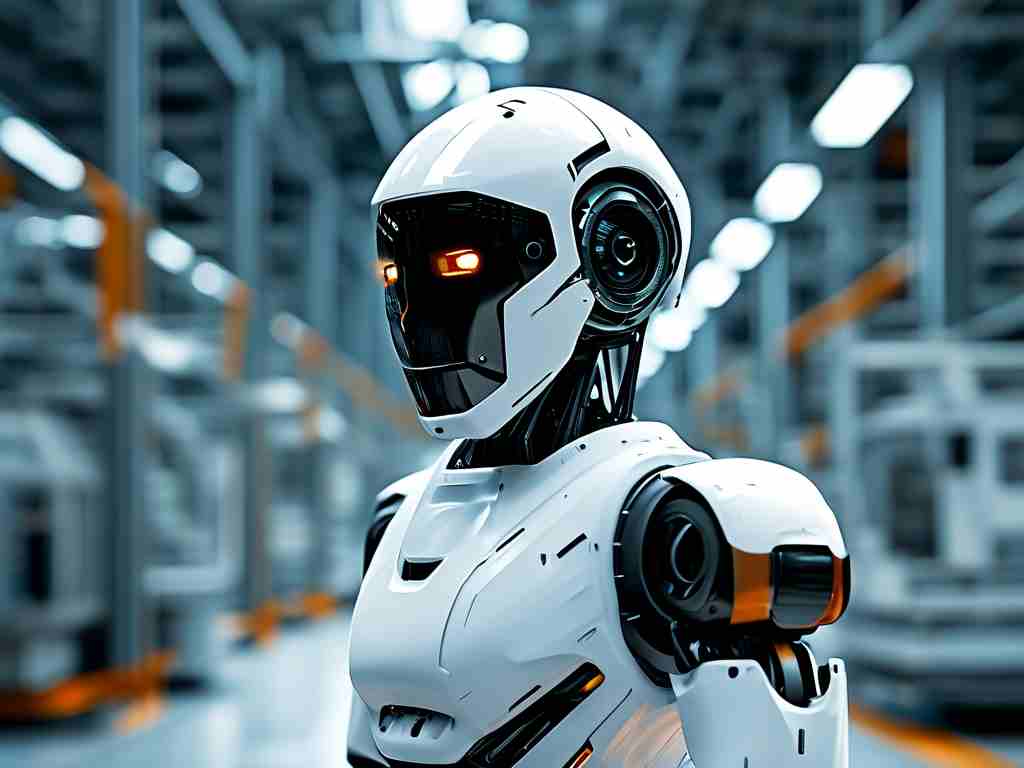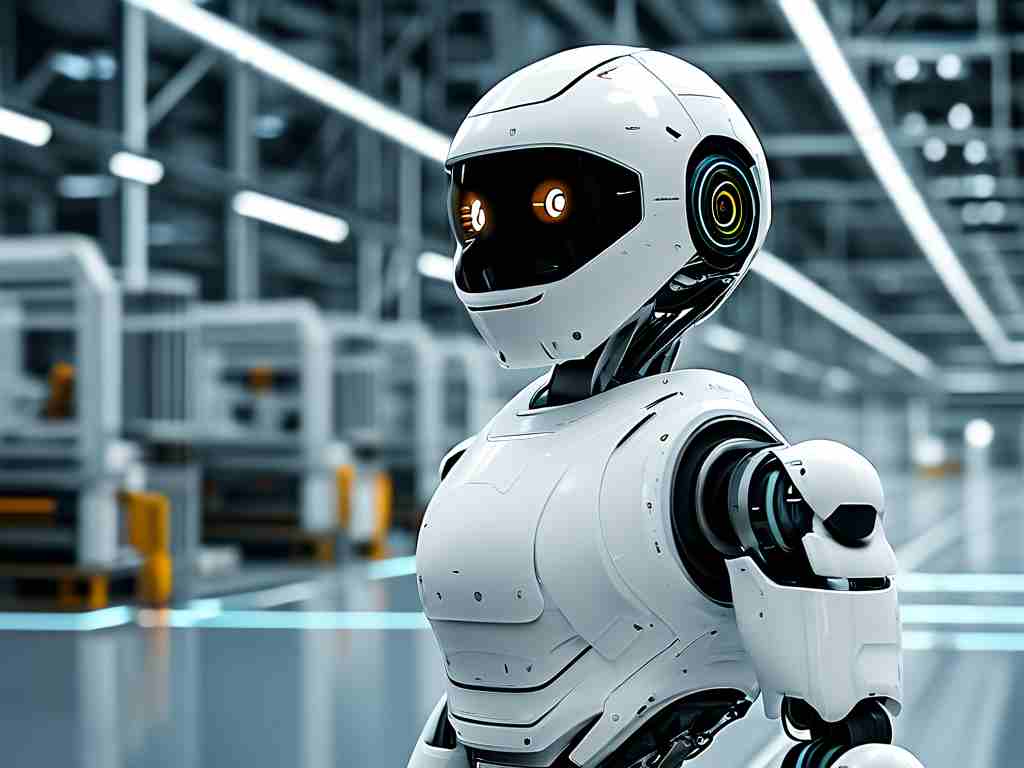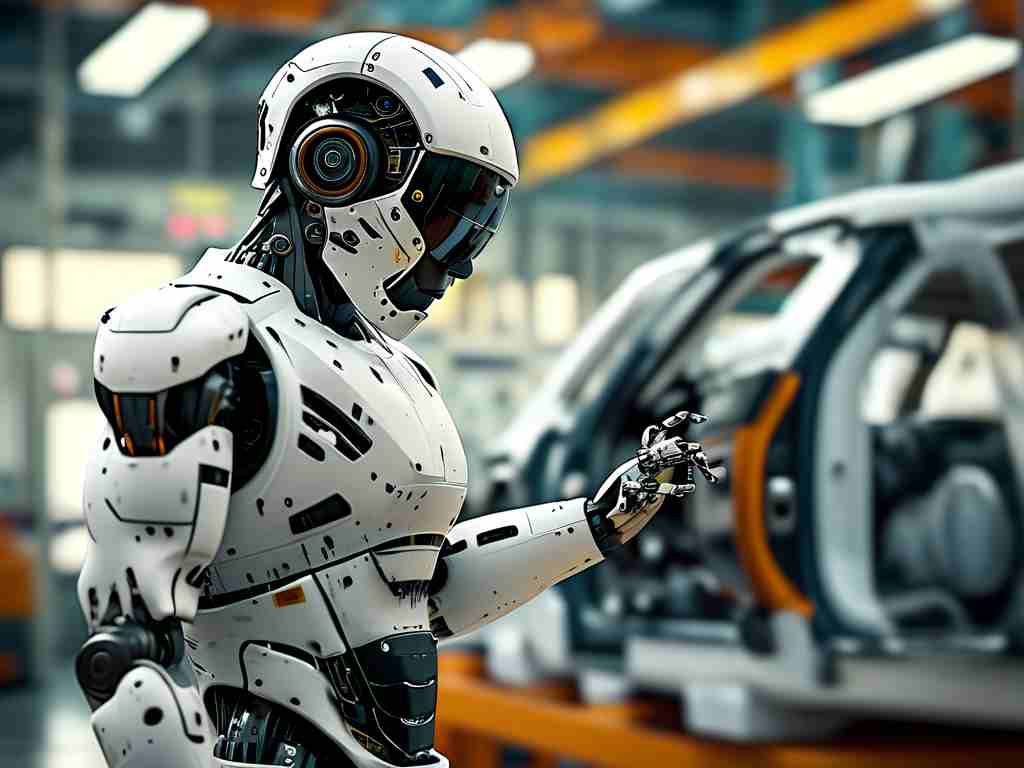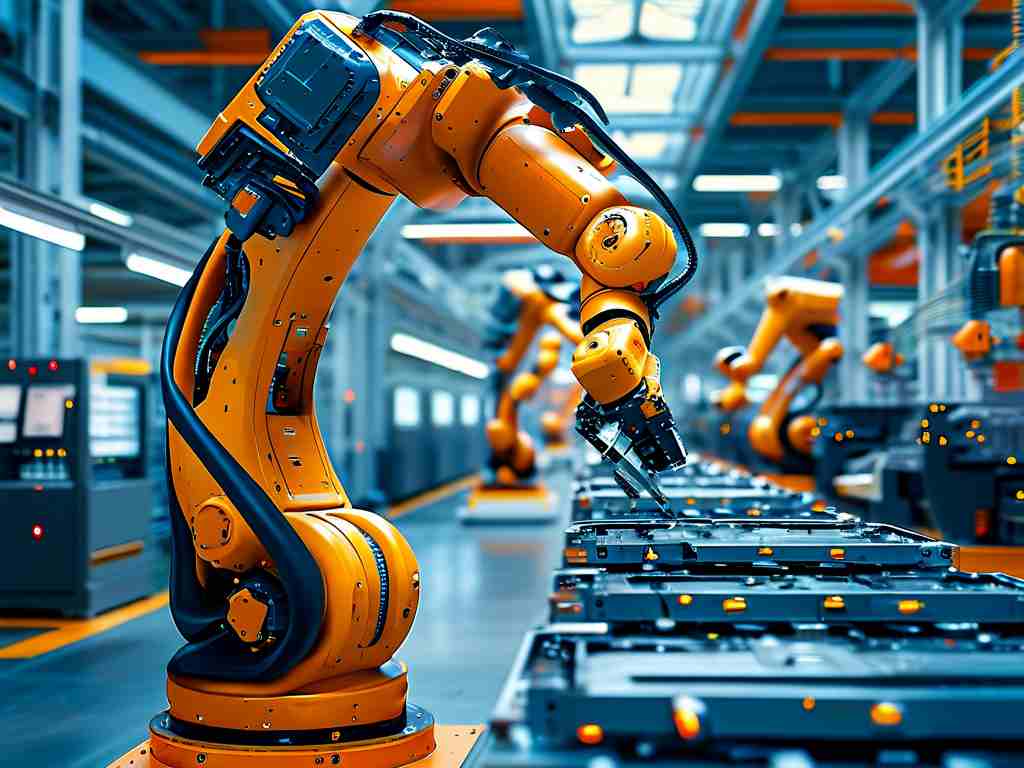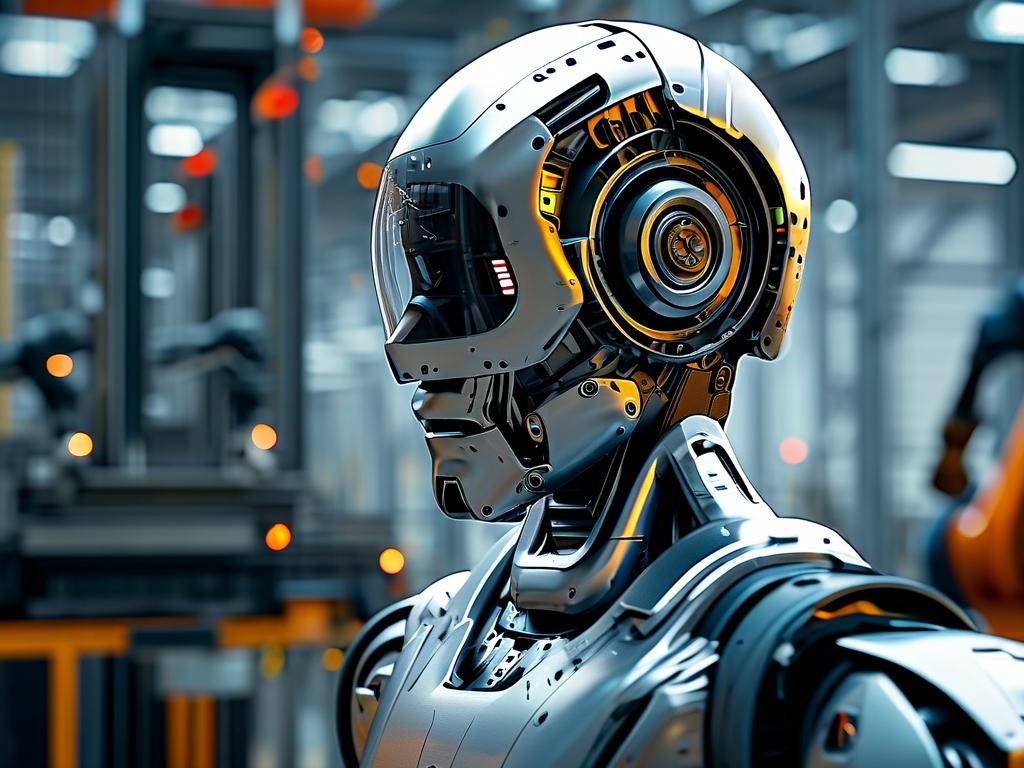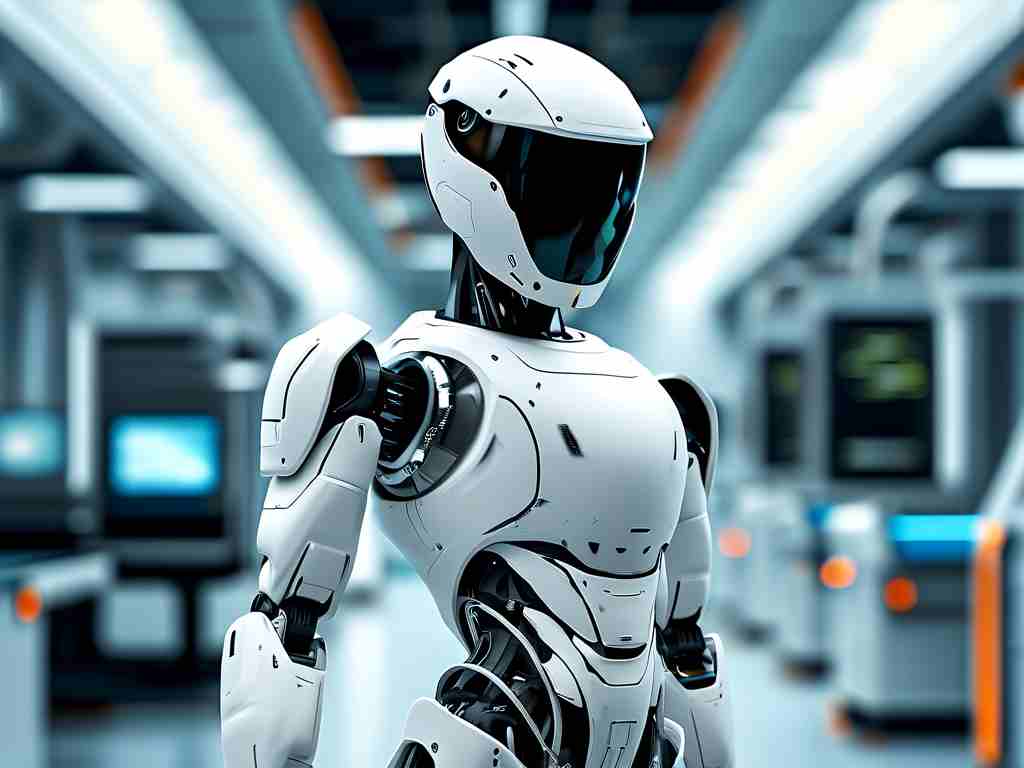In recent years, India has emerged as a surprising powerhouse in advanced robotics, blending frugal engineering with cutting-edge research to address both local and global challenges. While nations like the U.S., Japan, and Germany dominate headlines in robotics, Indian innovators are quietly rewriting the rules of automation through context-driven solutions and cross-disciplinary collaboration.

From Labs to Real-World Impact
At the Indian Institute of Science (IISc), researchers have developed SwarmMan, a decentralized robotic system capable of coordinating up to 1,000 drones for disaster response. Unlike conventional swarm systems requiring centralized control, SwarmMan uses bio-inspired algorithms that mimic ant colonies, enabling real-time adaptation to collapsing structures or shifting floodwaters. This technology recently assisted rescue operations during Kerala’s 2023 monsoon floods, mapping submerged areas 40% faster than human-led teams.
Bengaluru-based startup GenRobotics made waves with its sewer-cleaning robot Bandicoot, which combines AI vision with hydraulic manipulators to replace manual scavenging—a practice still affecting over 50,000 workers nationally. The fourth-generation model now integrates methane detection sensors and self-sanitizing tools, addressing both safety and public health concerns.
Bridging Industrial and Social Needs
Tata Group’s robotics division unveiled the TAL Brabo 2.0 last month, an industrial arm designed for small-scale manufacturing. Priced at $9,800—nearly 60% cheaper than comparable Japanese models—it uses adaptive torque control to handle everything from smartphone assembly to handicraft packaging. Early adopters include Nashik’s grape exporters, where precision gripping algorithms prevent fruit bruising during sorting.
In agriculture, Chennai’s Coulson FarmTech deployed AI-driven tractors that analyze soil micronutrients while plowing. Field tests in Punjab showed a 22% reduction in fertilizer use without compromising wheat yields. “Our systems don’t just automate labor—they make farming data-aware,” explains CEO Anika Reddy, whose team collaborates with rural women’s collectives to refine interface designs.
Medical Robotics Breakthroughs
AIIMS Delhi’s neurosurgeons recently completed South Asia’s first fully robotic spine reconstruction using the homegrown SaralBot platform. Unlike da Vinci systems requiring $2M+ investments, SaralBot’s modular architecture allows hospitals to upgrade specific components, cutting initial costs by 70%. Its haptic feedback gloves provide surgeons with 0.1-millimeter precision, critical for delicate spinal cord procedures.
Meanwhile, Hyderabad’s Regenix Labs has pioneered 3D bioprinting robots that layer stem cells into functional liver tissues. While still in trials, their patented “BioWeb” extrusion technique achieves 94% cell viability—surpassing global benchmarks—by mimicking the pulsatile flow of human blood vessels during printing.
Challenges and Future Trajectories
Despite progress, hurdles remain. Only 15% of India’s robotics firms have scaled beyond pilot projects, per NASSCOM’s 2024 report. Funding gaps plague hardware startups, while legacy industries resist automation due to workforce concerns. The Indian Robotics Association (IRA) is pushing for a national certification framework to standardize safety protocols and boost investor confidence.
Dr. Vikram Singh, lead roboticist at IIT Bombay, notes: “Our edge lies in solving hyper-local problems—whether it’s robots that navigate monsoon-damaged roads or AI that deciphers 22 official languages. This contextual intelligence will define India’s role in global tech ecosystems.”
As global supply chains diversify, India’s robotics narrative offers more than cost efficiency—it demonstrates how technology can evolve through cultural and environmental constraints. With youth constituting 65% of the population, the nation’s tryst with automation may well redefine what “made for the world” truly means.


